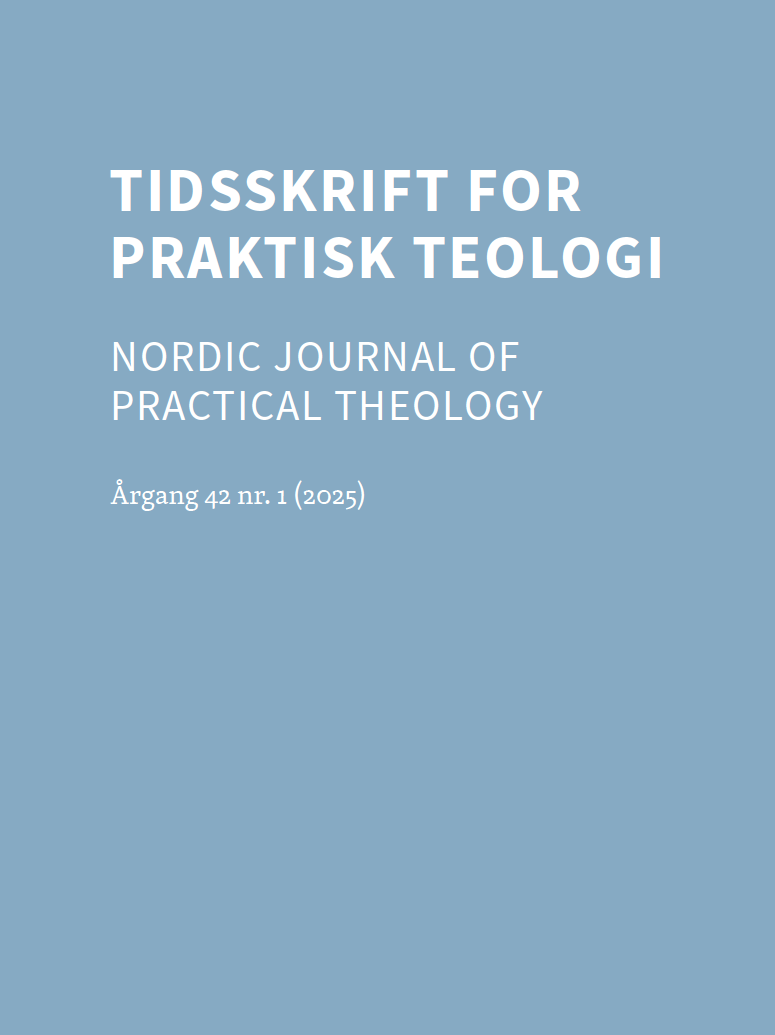What Does The Church Sing?
An Abductive Analysis of Genres in 117 Danish Hymns
DOI:
https://doi.org/10.48626/tpt.v42i1.5610Keywords:
Hymnology, Liturgy, Genre, The Torgau Formula, Worship, Prayer, Preaching, Witness, Contemplation, Sacramentum, SacrificiumAbstract
This article develops a typology of hymn genres focused on how the hymns themselves depict their own communicative situation. Hymns address God through “prayer” and “praise” (sacrificium). But they also address the created world through “hymns of preaching,” “hymns of witness,” and “hymns of contemplation,” allowing God to speak to the congregation through human words about God (sacramentum).
The purpose of this genre typology is to contribute to the foundation for future hymnological explorations. Focusing on communicative genres in hymns can aid in literary theological analyses of hymns and facilitate discussions of hymn genres in church services. Finally, the genre typology can invite empirical explorations of the thoughts and feelings of hymn singers.
The genre typology emerged from an abductive analysis of 117 Danish hymns, in dialogue with genre theory and hymnological literature, particularly the works of Norwegian hymnologists Sigmund Mowinckel and Dagfinn Zwilgmeier.
Downloads
Metrics
Downloads
Published
Issue
Section
License
Copyright (c) 2025 Nordic Journal of Practical Theology

This work is licensed under a Creative Commons Attribution 4.0 International License.





